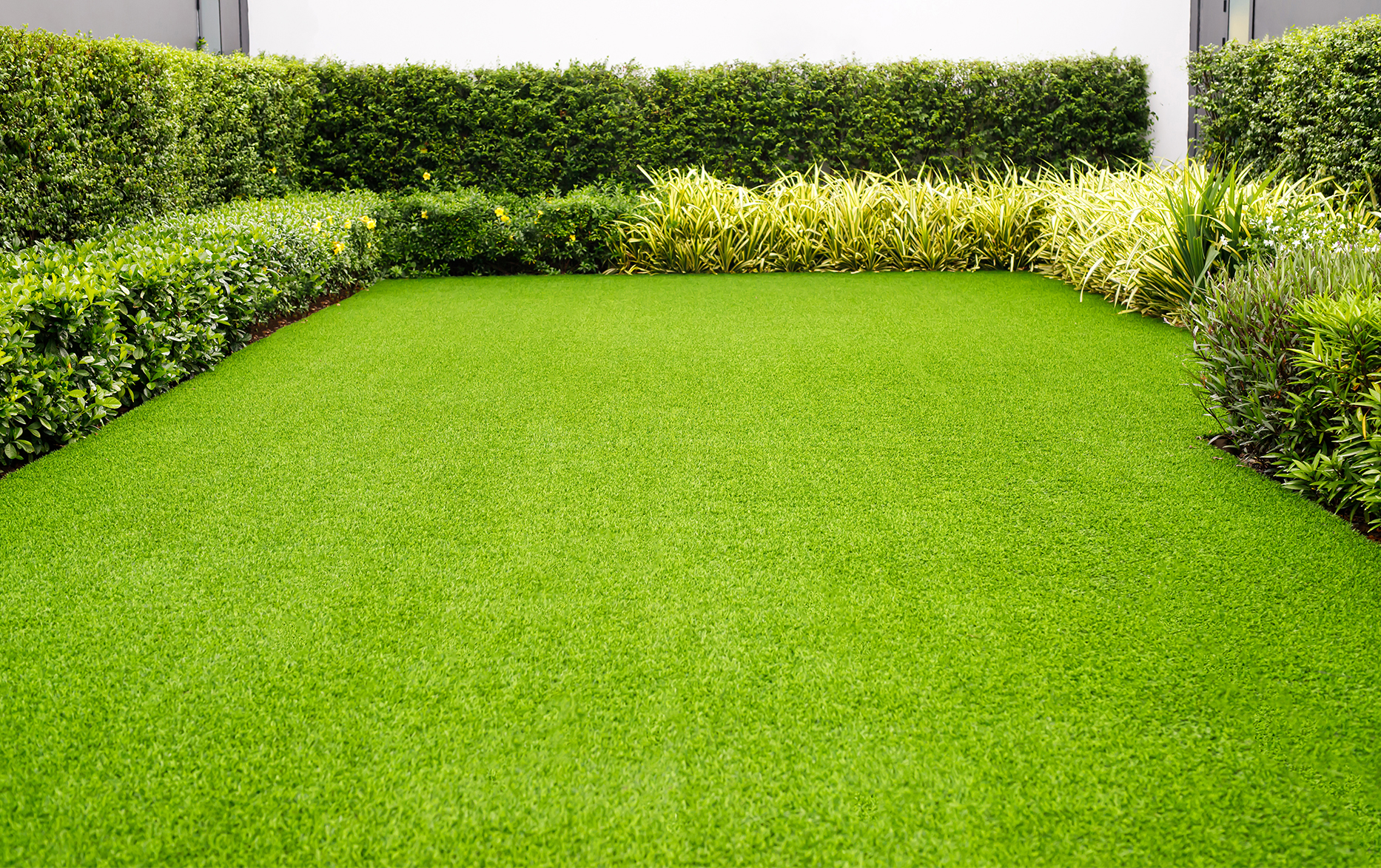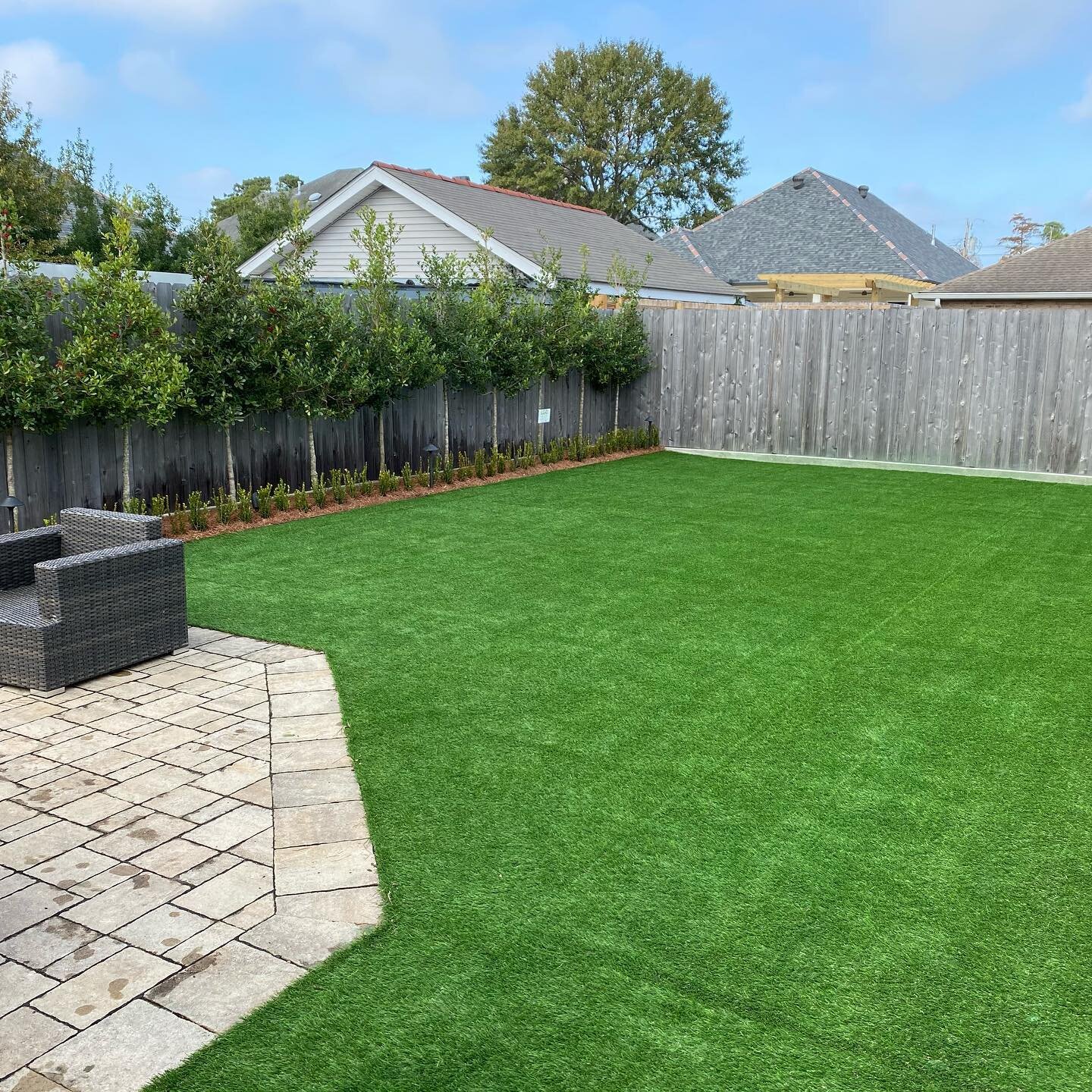Top Arizona Turf Suppliers Ensuring a Natural-Looking Lawn Alternative
Top Arizona Turf Suppliers Ensuring a Natural-Looking Lawn Alternative
Blog Article
Explore the Environmental Benefits of Opting for Synthetic Grass Solutions
The fostering of man-made turf solutions presents an engaging chance to resolve pressing environmental difficulties. By significantly decreasing water use and decreasing the application of dangerous chemicals, these options not only promote lasting landscape design yet additionally secure local environments.
Water Conservation Perks
One of the most substantial advantages of synthetic grass is its ability to conserve water. Traditional grass yards call for considerable irrigation, particularly in locations vulnerable to drought or water constraints. On the other hand, synthetic grass does not require watering, substantially minimizing the total need for water resources. This function is especially beneficial in deserts where water deficiency is a pressing issue.
By removing the demand for regular watering, fabricated lawn adds to sustainable landscape techniques and helps reduce the ecological impact of extreme water intake. Additionally, the preservation of water includes the decrease of overflow, which can cause soil disintegration and waterway pollution.
Furthermore, the installation of synthetic grass allows homeowners and communities to allocate water resources a lot more effectively, concentrating on vital uses such as alcohol consumption water and agriculture. The change towards artificial turf not just promotes liable water use but additionally aligns with broader ecological goals intended at maintaining natural deposits.
As areas increasingly focus on sustainability, the water conservation benefits of synthetic grass present a compelling instance for its fostering in residential and commercial landscaping jobs.
Lowered Chemical Usage
The change to synthetic grass significantly decreases the reliance on chemical treatments generally made use of in all-natural lawn upkeep. Conventional lawn administration commonly involves the application of plant foods, chemicals, and herbicides to promote development and control bugs. These chemicals can present risks to human health, local wildlife, and the atmosphere, adding to soil and water contamination.
On the other hand, artificial lawn gets rid of the need for these damaging compounds. When set up, it calls for minimal upkeep, largely containing normal cleansing and seldom infill replenishment. This reduction in chemical usage not only profits the immediate atmosphere yet also contributes to more comprehensive environmental security. By lessening the launch of artificial compounds into the ecological community, artificial turf advertises healthier dirt and water supply.
Furthermore, the lack of chemical runoff related to man-made turf installations assists secure neighborhood waterways from pollution, sustaining aquatic life and preserving biodiversity. Arizona turf. As areas significantly focus on lasting practices, opting for synthetic grass offers a feasible solution that lines up with environmental conservation objectives. Through this shift, homeowner can appreciate lavish environment-friendly spaces without compromising ecological health, paving the means for an extra lasting future
Lower Carbon Impact

Moreover, the installment of synthetic lawn can result in substantial water preservation. Natural yards require considerable amounts of water for watering, which not only contributes to the carbon impact linked with water extraction and treatment but additionally pressures regional water resources. On the other hand, man-made lawn requires marginal upkeep, calling for no watering, consequently significantly lowering water usage and its associated power prices.
In addition, the durability of man-made turf contributes to its reduced carbon effect. With a life-span of up to 15 years or more, the need for constant substitutes is diminished, leading to less waste and lower energy usage in manufacturing and dealing with conventional grass alternatives. Overall, fabricated lawn offers a lasting more info here choice for environmentally conscious landscape design.
Habitat Conservation
Environment preservation is a critical factor to consider in the debate over landscape design selections, particularly when contrasting fabricated lawn to all-natural yard. Natural yard lawns typically need comprehensive maintenance, consisting of using plant foods, herbicides, and pesticides, which can detrimentally affect local ecological communities. These chemicals can leach right into the dirt and waterways, harming native plants and fauna and disrupting regional environments.
On the other hand, synthetic grass offers a chance to decrease the ecological impact of landscaping. By selecting artificial turf, house owners can minimize the interruption of all-natural habitats related to standard yard care methods. Artificial turf gets rid of the demand for unsafe chemicals, thus shielding neighboring wildlife and preserving the integrity of bordering ecosystems. The installation of fabricated turf can lead to the conversion of former grass areas right into even more biodiverse landscapes, such This Site as pollinator gardens or native plant locations, which can sustain regional wild animals.
Ultimately, the transition to man-made turf not just saves water and reduces maintenance efforts yet also fosters an extra harmonious partnership between human activities and the native environment, advertising environment preservation in the process.
Long-Term Sustainability
Long-lasting sustainability is an important consider reviewing the benefits of synthetic grass over traditional grass lawns. Among the most substantial benefits of synthetic turf is its toughness; it can last approximately 15-20 years with minimal upkeep, whereas natural grass requires regular reseeding and replacement. This longevity lowers the need for constant resources, such as water, plant foods, and pesticides, which are vital for preserving a healthy and balanced yard lawn.
Furthermore, synthetic grass adds to a reduction in carbon discharges related to grass treatment tools. Conventional yards typically need gas-powered lawn mowers, leaners, and blowers, all of which add to air pollution. Phoenix turf companies. On the other hand, synthetic grass eliminates the demand for such tools, advertising a cleaner setting
Moreover, the production of synthetic grass progressively uses recycled materials, improving its sustainability account. As suppliers adopt environment-friendly practices, the environmental footprint of fabricated grass continues to reduce.

Verdict
The fostering of man-made lawn options provides considerable ecological benefits, including significant water preservation, decreased reliance on harmful chemicals, and a reduced carbon footprint. Furthermore, synthetic turf help in preserving all-natural habitats my site by minimizing land disturbance and advertising long-term sustainability with using long lasting products. Jointly, these factors emphasize the possibility of synthetic lawn to contribute favorably to ecological wellness and supply a feasible choice to conventional landscape design methods in a significantly resource-conscious globe.
In comparison, man-made lawn does not require watering, significantly decreasing the general need for water sources. By decreasing the launch of synthetic substances right into the ecological community, artificial lawn advertises healthier dirt and water systems.
In addition, the installation of synthetic grass can result in significant water conservation. In contrast, fabricated turf requires very little maintenance, needing no watering, consequently significantly minimizing water use and its linked power prices.

Report this page